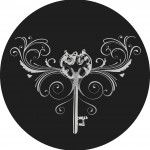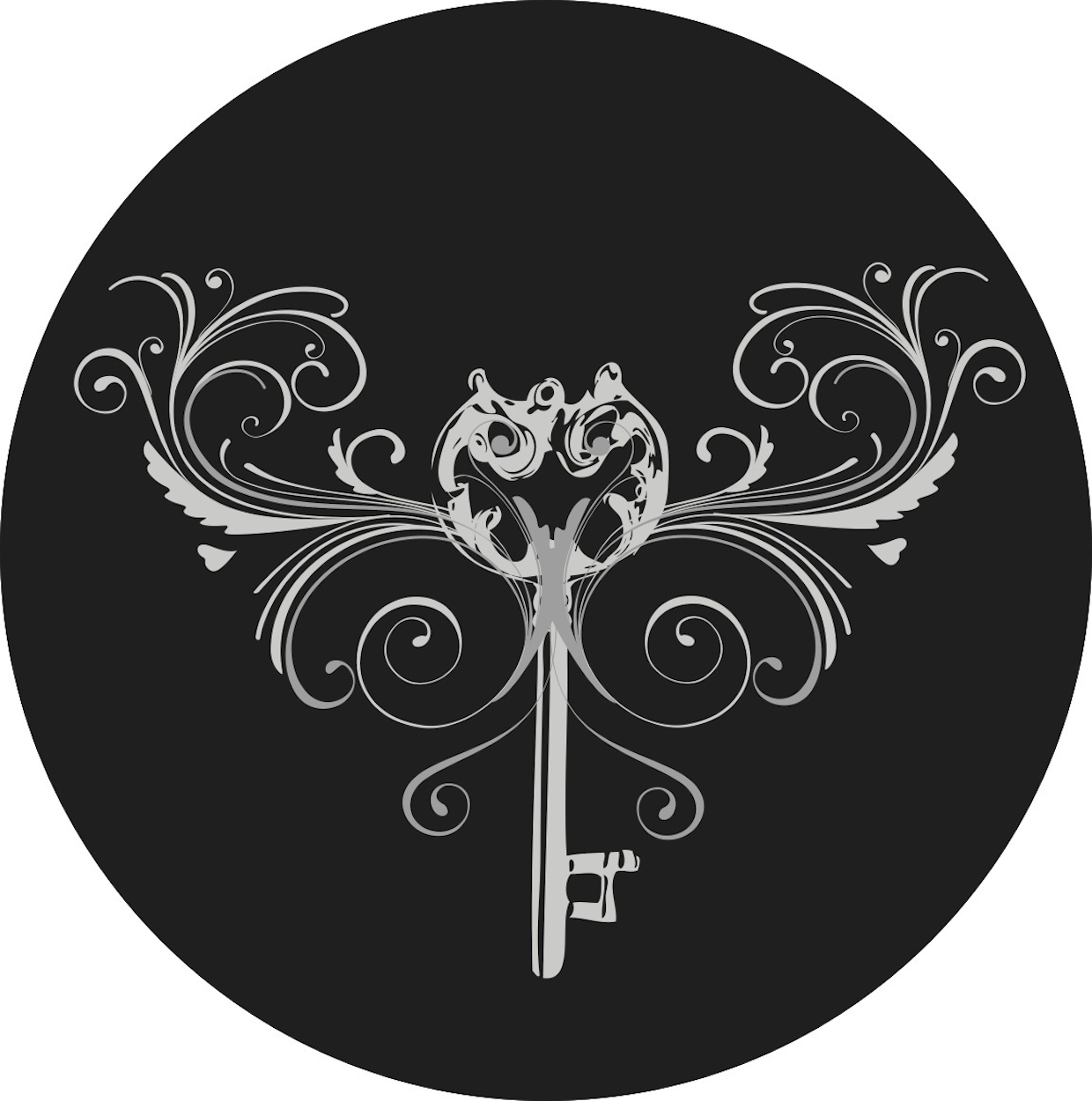
Artificial light has a profoundly disruptive effect on human physiology that goes way beyond body composition, but focussing on weight loss I want to share with you how artificial light (particularly the blue part of the spectrum) can interfere with your health and fitness goals and – if you are trying to lose weight (or rather, reduce your body fat) – why you should be paying as much attention to light management as you are to your macros and personal training schedule.
What is blue light?
Blue light is a type of light that is found almost anywhere light exists including the sun, moon, and artificial light sources such as lamps, televisions, and electronic devices. However, the light from manmade sources is very different from the full-spectrum sunlight that we experience at any given time of day. Both because of the reduced spectrum of wavelengths, and how strong and ‘spiky’ the blue wavelengths in particular are.
Exposure to natural sources of light (and the varying amount of blue light) is associated with increased alertness and wakefulness, but the addition of blue light from artificial light sources can have negative effects on our health.
This is because the natural rise and fall of blue light from the sun governs our circadian rhythm, biological functions and genetic expression – and when this environmental feedback is distorted by artificial light exposure (both during the day, but especially at night) we see aberrant physiological responses occurring in the body.
Where do we find artificial blue light?
Almost all manmade sources of light will emit high frequency spikes of blue light (and lack the full spectrum of wavelengths and rhythmical nature of sunlight) with the exception of incandescent bulbs and devices that have been engineered specifically to address this problem. Examples of where problematic emissions of blue light are found include:
- most light bulbs
- LEDs
- night lights
- fluorescent lights
- spotlights at sports fields
- street lights
- torches
- bedside and floor lamps
- downlights
- electronic devices i.e. TV, phone, laptop, desktop computer, iPad, e-reader, tablets, digital watch or fitness tracker
- video and other electronic games
- LED screens
How does blue light affect weight gain?
There are many ways in which exposure to artificial light affects weight but here are a few aspects to consider.
Blue light suppresses our sleep hormone melatonin, which impacts the quantity and quality of our sleep. It disrupts the non-rapid eye movement (NREM) stage of sleep and leads to decreased sleep time, sleep quality, and alertness the next day. Additionally:
- a lack of sleep can cause us to consume an extra 500 calories the next day, which can contribute to weight gain
- another study found people who were exposed to bright blue light over a three hour period had increased hunger and were also found to have poorer glucose metabolism than those who were exposed to dim light
- a study where subjects were exposed to computer screens from 9pm-11pm found that sleep time, sleep quality and melatonin production was significantly decreased (and also prevented the natural drop in body temperature that should happen during the night)
- a 2011 study investigated melatonin levels in those exposed to bright room light versus dim light and found that bright room lighting significantly suppressed melatonin levels and shortened melatonin production by 90 minutes
Links between artificial light exposure, changes in feeding habits and weight gain have been confirmed in animal studies a positive correlation between higher night time light exposure, decreased morning light exposure and weight gain and obesity. The effects of sleep and circadian rhythm disruption could be far-reaching as we know lack of sleep and poor sleep quality has been linked to diabetes, heart disease, cancer and more.
In addition to disrupting our sleep, blue light also stimulates cortisol production. Cortisol is a hormone that contributes to weight gain around the tummy, switches off fat burning and switches on fat storage enzymes – as well as suppressing melatonin. Research has also found:
- adults exposed to brighter bedroom light at night had significantly higher night time blood pressure, irrespective of their melatonin levels
- exposure to artificial light at night significantly increases cortisol levels, which can also disrupt our ability to manage stress levels (and increase the risk of emotional eating)
Blue light exposure at night has also been linked to insulin resistance and weight gain. Studies have shown:
- exposure to three hours of bright light, either half an hour after waking in the morning, or in the evening found that both groups had higher levels of insulin after the (same) meal. However, those exposed to the light in the evening also had higher peak glucose levels, suggesting signs of insulin resistance
- when healthy adults were exposed to roughly 100 lux of artificial light while they slept, insulin levels and indicators of insulin resistance increased after just one night
- a 2016 study on preschool-aged children found that higher levels of artificial light exposure accurately predicted an increased Body Mass Index (BMI) a year later
Interestingly, insulin-producing cells respond to increased levels of melatonin by reducing the amount of insulin they release. This suggests that artificial blue light exposure at night is a risk factor for altered glucose metabolism, insulin possibly diabetes.
Blue light also influences fat storage; photoreceptors strongly interact with hormone production and fat burning too. In one study researchers found fat cells exposed to light that simulated the sun for four hours (after just 2 weeks!) contained fewer lipid droplets that the other samples kept in the dark. Other compelling studies have shown that artificial light (especially blue light) may have the complete opposite effect!
How do we reduce our exposure to blue light?
To avoid the negative effects of blue light, it is important to limit our exposure to artificial light sources, especially in the after sunset and before sunrise. This can include using swapping out your light bulbs for ones that do not emit blue light, wearing blue light-blocking glasses (that work!), and limiting screen time before bed. By reducing our exposure to blue light, we can improve our sleep, have more energy, manage our weight, have better blood sugar and insulin control, store less fat and protect our health.
Want to implement some ‘light management’ strategies?
I’ve created a free and practical downloadable guide here to get you sorted.


